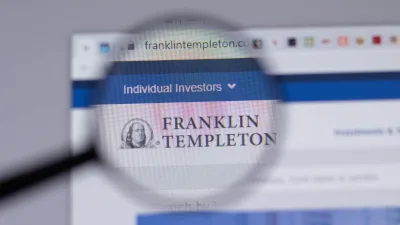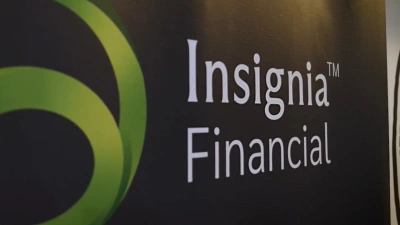Where to allocate for dividends: Ausbil



The dividend outlook for Australian equities in FY23 is looking more challenged than before, according to Ausbil.
Dividends income had regained their losses since the COVID-19 pandemic but earnings growth was expected to be varied going forward as sectors adjusted to higher interest rates and stockmarket falls across developed markets.
The ASX 200 had lost 7.7% since the start of the year to 13 September while the S&P 500 had lost 14.3% over the same period.
It was therefore important to be invested in sectors that were less exposed to a potential slowdown and able to maintain their profit margins. This included companies in defensive sectors such as consumer staples, energy and quality growth businesses which were unaffected by the business cycle.
Michael Price, portfolio manager of the Ausbil Active Dividend Income fund, said: “We expect quite low growth in dividends [from the current high level] overall in FY23. Industrial companies and financial companies with pricing power and inelastic demand are likely to be able to increase their dividends.
“Resource dividends are likely to fall by 10% or more in FY23 [from elevated levels] based on current commodity forecasts, according to Ausbil analysis.
“Modest growth in dividends is expected from the banks, but this is dependent on interest rates increases not sending the Australian economy into recession.”
Recommended for you
Russell Investments has partnered with financial advice firm Invest Blue to launch a managed portfolio offering to deliver broader private market access for Australian advised investors.
Franklin Templeton has continued the review of its fixed-income fund range, with multiple changes announced across 15 funds, including several management fee reductions.
Insignia Financial has reported net inflows of $448 million into its asset management division in the latest quarter, as well as popularity from advisers for its MLC managed accounts.
With ASIC questioning the dominance of research houses when it comes to retail usage of private market funds, a research house has shared how its ranking process sits alongside ASIC’s priorities.












